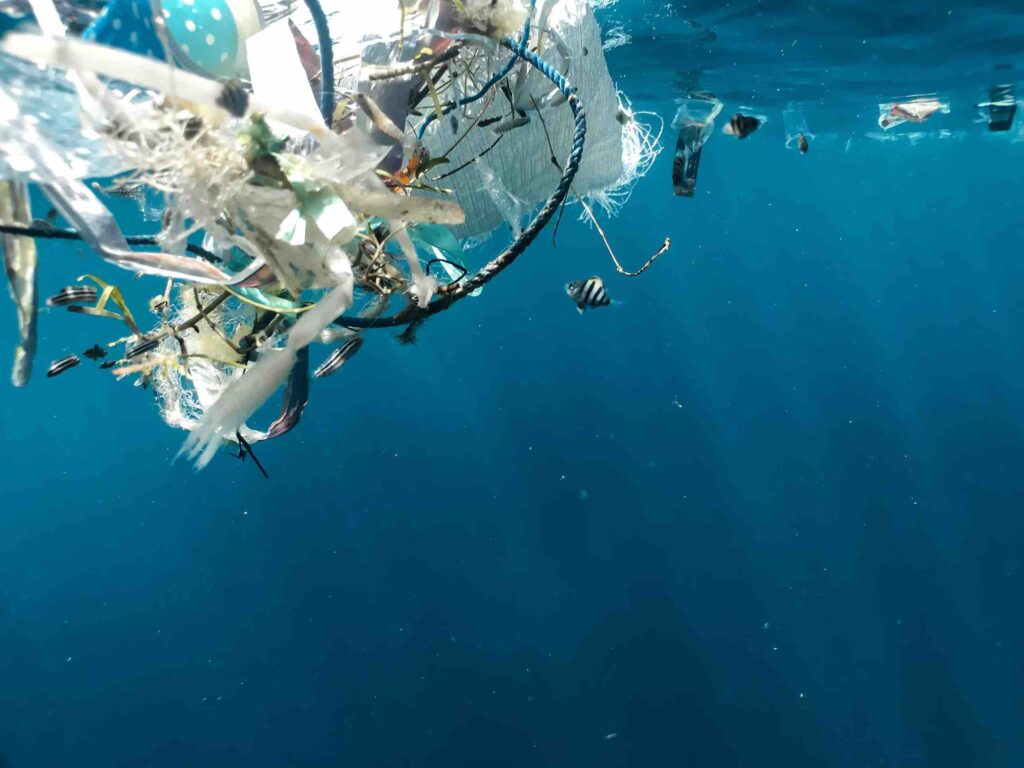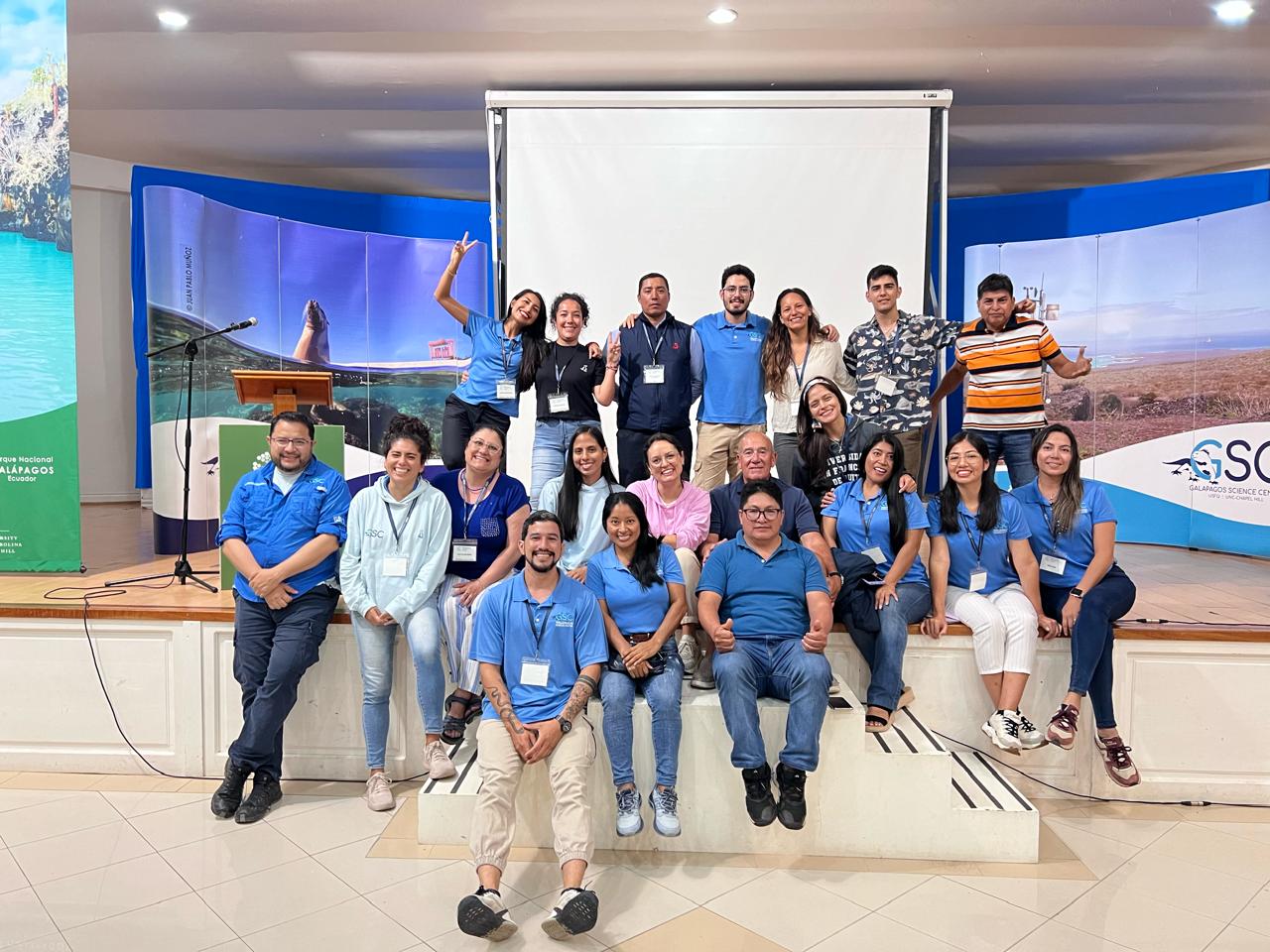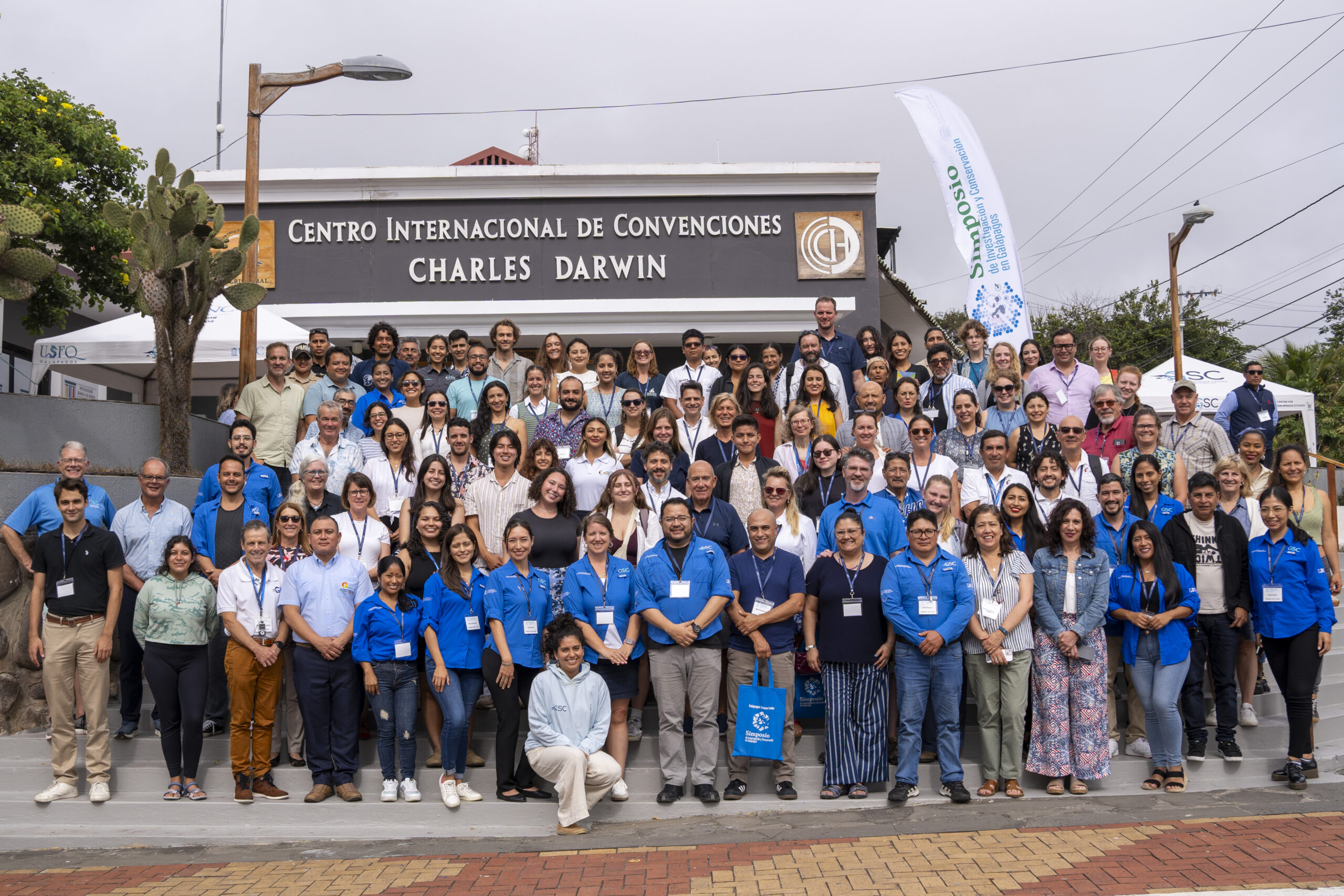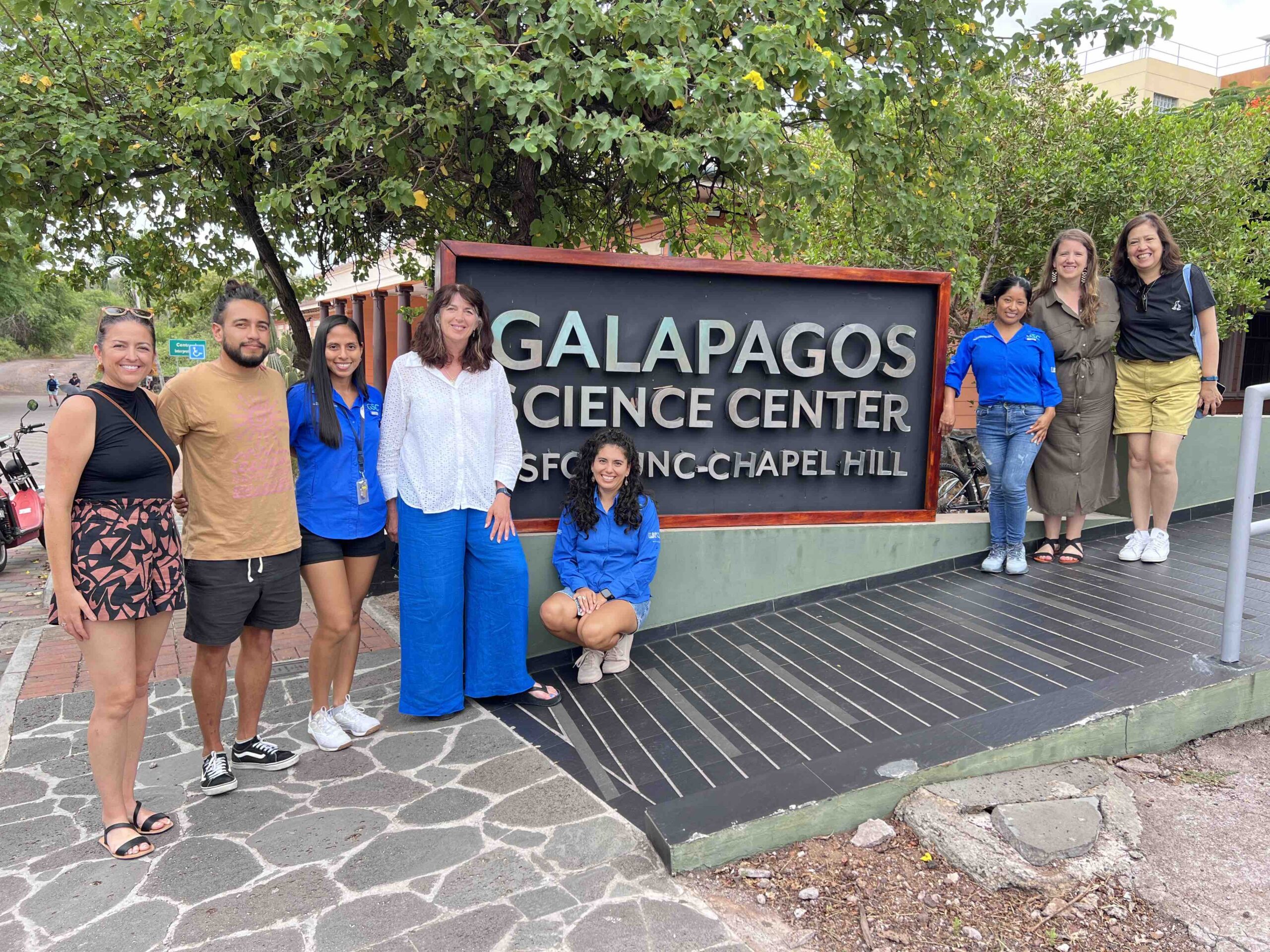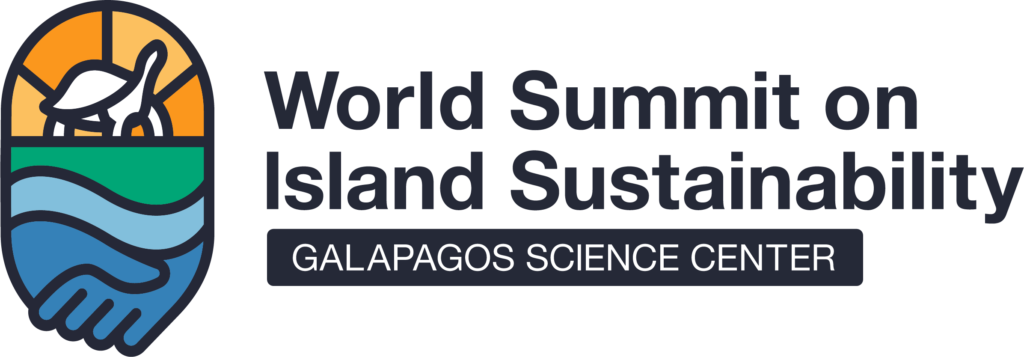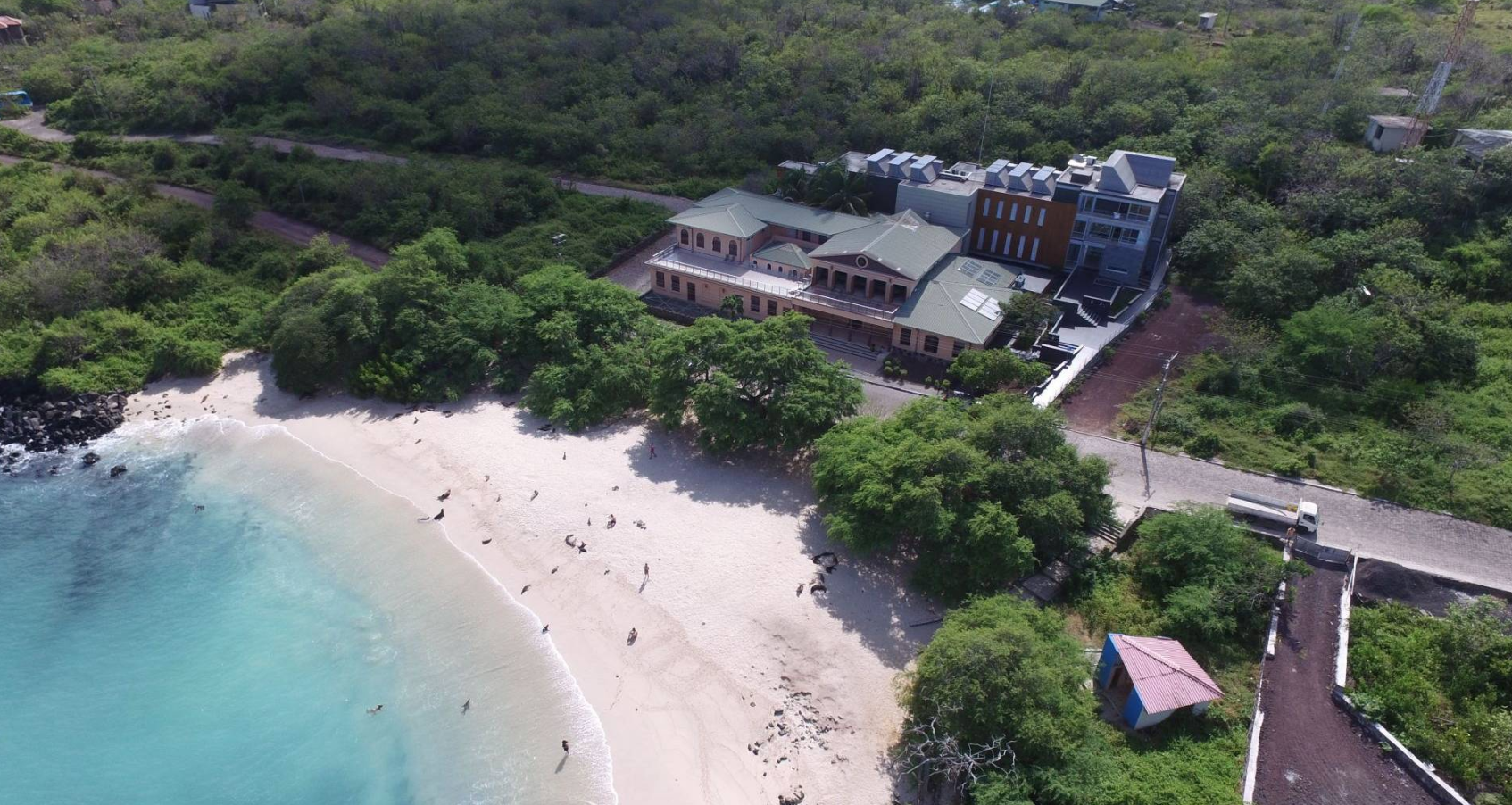Abstract
The Eastern Tropical and South-Eastern Pacific region is of global biodiversity importance. At COP26, the governments of Costa Rica, Panama, Colombia, and Ecuador committed to the expansion of existing MPAs to create a new Mega MPA, safeguarding the Eastern Tropical Pacific Marine Corridor. It offers a profound step forward in conservation efforts but is not specifically designed to protect against the more diffuse anthropogenic threats, such as plastic pollution. We combine published data with our own unpublished records to assess the abundance and distribution of plastic pollution in the region. Macro- and microplastic concentrations varied markedly and were not significantly different when comparing areas inside and outside existing MPA boundaries. These findings highlight the diffuse and complex nature of plastic pollution and its ubiquitous presence across MPA boundaries. Understanding the sources and drivers of plastic pollution in the region is key to developing effective solutions.
Read the article in the link: https://doi.org/10.1016/j.marpolbul.2024.116271

